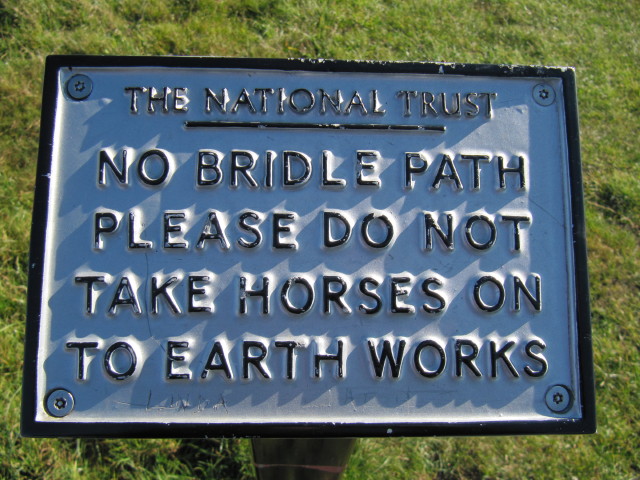
Image: Emmet Ó hInnéirghe (Used with Permission)
Introduction
It’s Thursday. It’s March 17th. If you’re a regular, you know what that means. To celebrate the day that’s in it and in keeping with time-honoured blog tradition, I hereby present my annual Patrician-themed rambling extravaganza – a forensic examination of a lesser spotted feature within the writings of the historical Patrick himself. This year, I thought I’d take a look at what appears to be a fleeting throwaway line from the Confessio concerning Patrick’s escape from captivity and subsequent two hundred mile journey across Ireland to an unknown port.
I have actually touched on it before, ever so slightly. Previously, I wrote a short audio book for Abarta Heritage on Patrick’s six years in captivity; and towards the end of the section dealing with the young Patrick’s decision to make a break for freedom, I concluded with the following line:
If there was one thing that Patrick would have known after six years under Irish skies – it was the direction home. Towards the rising sun.
Aside the fact that it reads like an over-dramatic hollywood-esque voice-over (it sounds much better in the book, honestly!), its both over-exaggerated and simplified. For one thing, the sun doesn’t rise or set directly east/west, except for the equinoxes. In Patrick’s time as a slave in western Ireland on the shores of Killala Bay, it actually would have risen North East over the sea from his perspective during the summer months. Nevertheless, it was my little way of acknowledging a single line in the text of the Confessio and suggesting that there may be more than meets the eye to it.
The particular line centres on the youthful Patrick’s decision to leave his captor and head 200 miles across Ireland to a waiting ship/port – without knowing anybody or where he was going. Why is it important and worthy of examination? Well, I would suggest that it carries several implications. Celestial symbolism and biblical frameworks aside, Patrick did escape from captivity and he must have crossed Ireland somehow and I think a closer look hints at just how he may have done so. In addition, it opens up several other aspects:
a) its a further inference (other than his own words) to his youthful captivity being on the western Irish coast – something which continues to be questioned by certain sectors, despite modern Patrician scholarship being widely agreed on the matter
b) it forms a crucial event horizon (quite literally) in Patrick’s later theological framework and motivation for his mission
c) it potentially offers an indication of how he may have come to be there in the first place – as in, the manner in which he was transported to Ireland from Western Roman Britain.


